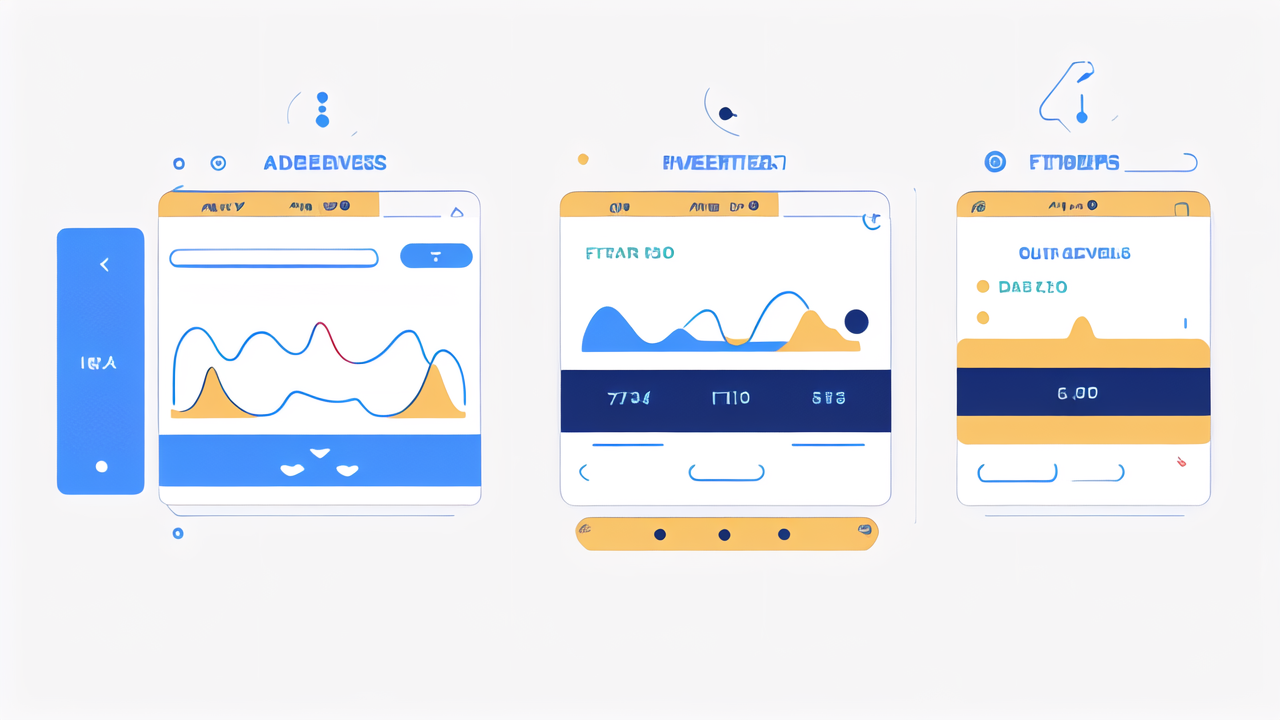Understanding the FILA Watch: A Primer
What is the FILA Watch?
The FILA Watch is a cutting-edge smartwatch designed for fitness enthusiasts. It's a wearable device that combines style with advanced technology. The watch offers features like step counting, heart rate monitoring, and sleep tracking. But what sets it apart is its body measurement capabilities. It can track various body metrics with high accuracy. The FILA Watch is more than just a timepiece; it's a personal health assistant on your wrist.

Key Features of the FILA Watch
The FILA Watch boasts an impressive array of features:
- Body composition analysis
- Heart rate monitoring
- Sleep tracking
- Step counting
- Calorie burn estimation
- GPS tracking for outdoor activities
- Water resistance for swimming
- Long battery life
- Compatibility with smartphones
These features make the FILA Watch a versatile tool for fitness tracking and overall health management.
How the FILA Watch Works
The FILA Watch uses advanced sensors to collect data about your body. It employs bioelectrical impedance analysis (BIA) for body composition measurements. This method sends a small, safe electrical current through your body. The watch then measures the resistance to this current. Different tissues in your body resist electricity differently. Using this data, the watch can estimate your body fat percentage, muscle mass, and other metrics.
For heart rate monitoring, the watch uses optical sensors. These sensors detect blood flow in your wrist. The watch also has an accelerometer to track your movements. This helps in counting steps and analyzing sleep patterns. All this data is processed by the watch's built-in software. The results are then displayed on the watch face or sent to your smartphone app.
Analyzing the FILA Watch's Impact on Body Measurement Tracking
Advancements in Body Measurement Technologies
Body measurement technology has come a long way in recent years. Traditional methods like calipers and tape measures are being replaced by digital solutions. The FILA Watch is at the forefront of this revolution. It offers a non-invasive, convenient way to track body metrics. The watch provides real-time data that was once only available through professional equipment. This advancement has made body composition analysis accessible to everyday users.

The accuracy of wearable devices has also improved significantly. The FILA Watch uses algorithms that are constantly refined. This ensures that the measurements are as precise as possible. The ability to track changes over time is another key advancement. Users can now see how their body composition changes with diet and exercise. This immediate feedback can be highly motivating for fitness goals.
The Role of Wearable Devices in Body Measurement
Wearable devices like the FILA Watch have transformed body measurement tracking. They've made it possible to monitor health metrics continuously. This constant stream of data provides a more complete picture of one's health. It allows users to spot trends and make informed decisions about their lifestyle. Wearables have also made body measurement more engaging. The gamification of fitness through apps and challenges keeps users motivated.
The convenience factor cannot be overstated. With a device like the FILA Watch, users don't need to visit a gym or clinic for body composition analysis. They can get this information anytime, anywhere. This accessibility has made people more aware of their health metrics. It has encouraged many to take a more active role in managing their fitness. The social aspects of wearables, like sharing achievements, add another layer of motivation.
Case Studies: Success Stories with FILA Watch
Many users have reported significant benefits from using the FILA Watch. One user, Sarah, lost 20 pounds over six months. She credits the watch's body composition tracking for her success. The regular feedback helped her adjust her diet and exercise routine effectively. Another user, Mike, used the FILA Watch to build muscle mass. He found the muscle mass tracking feature particularly helpful in optimizing his workouts.
A group of office workers used FILA Watches as part of a corporate wellness program. Over three months, they saw an average increase in daily step count of 2000 steps. Many also reported improvements in sleep quality. These case studies highlight the FILA Watch's potential in supporting various health goals. They show how continuous tracking can lead to meaningful lifestyle changes.
The Future of Fitness and Body Measurement with FILA Watch
Upcoming Features and Improvements in FILA Watches
FILA is committed to continuous improvement of their smartwatches. Future models are expected to have even more advanced sensors. These could provide more detailed body composition analysis. There are plans to include features like hydration level tracking and stress monitoring. Battery life improvements are also in the pipeline. This will allow for longer periods of uninterrupted use.

User interface enhancements are another focus area. FILA aims to make data interpretation easier for users. They're working on more intuitive displays and personalized insights. Integration with other health devices is also being explored. This could create a more comprehensive health tracking ecosystem. FILA is also considering adding features tailored for specific sports and activities.
Integration of AI and Machine Learning
Artificial Intelligence (AI) and Machine Learning (ML) are set to play a big role in FILA Watch's future. These technologies can analyze vast amounts of user data. This will lead to more personalized health insights and recommendations. AI could help predict health trends based on a user's data. It could alert users to potential health issues before they become serious.
ML algorithms could improve the accuracy of body measurements over time. They can learn from individual user patterns and adjust accordingly. This could lead to increasingly precise and reliable data. AI could also enhance the watch's ability to recognize different types of physical activities automatically. This would improve the accuracy of calorie burn estimates and activity tracking.
Implications for the Health and Wellness Industry in the United States
The rise of devices like the FILA Watch is reshaping the health and wellness industry. It's shifting the focus from reactive to preventive healthcare. With easy access to health data, people are becoming more proactive about their well-being. This could lead to reduced healthcare costs in the long run. It may also change how insurance companies assess health risks and set premiums.
The fitness industry is also evolving. Personal trainers and gyms are incorporating wearable data into their programs. This allows for more personalized and effective fitness plans. The abundance of data could also lead to new research opportunities. Scientists could use this wealth of real-world data to study population health trends. As wearables become more common, they may become a standard tool in medical practices. Doctors could use data from devices like the FILA Watch to make more informed diagnoses and treatment plans.




Leave a comment
This site is protected by hCaptcha and the hCaptcha Privacy Policy and Terms of Service apply.